Sadscape is a search for an architecture derived from emotions of loss through the exploration of poetry. Believing that by using poetry to inform design, a space of high emotional resonance and beauty can be discovered.
sadscape
materializing the poetic image of loss

contact : natalie.a.blom<@>gmail.com
Sadscape is a search for an architecture derived from emotions of loss through the exploration of poetry. Believing that by using poetry to inform design, a space of high emotional resonance and beauty can be discovered.
The wider discourse of this project is in the societal disconnection to loss. In our secular urbanity, the church is no longer a place where people go to express and work through sadness. Public display of negative emotion is rare, and to openly grieve is almost exclusively done at funerals. A grieving process never really ends, but it can progress – this is where I believe architecture can fill an emotional function. It can make us feel, and make us reflect.
The poem I have selected to explore is Sand, by Han Kang (2016). It is a poem about fragility, temporality, and loss, where Kang use the material sand to embody her emotions. I chose Sand because of its’ rich poetic image, believing that the cognitive sensorial experience of the poem has high architectural potential.
Sand
And she frequently forgot,
That her body (all of our bodies) is a house of sand.
That it had shattered and is shattering still.
Slipping stubbornly through fingers.
The White Book, Han Kang (2016) p.107
Project Content
The research presented in this booklet is divided into two parts. In the first part, called The Poetic Materialization Methods, I have designed eight methods to materialize different facets of the poetic image. The methods are widely influenced by theories of Cognitive Poetics as well as my personal desire to materialize a specific experience. In the second part, called the Architectural Potential, I explore the architectural potential of the materializations made in part one. The proposals are meant to direct our attention, to function as gateways, encouraging people to connect and express emotions of sadness and loss.
Part I – Poetic Materialization Methods
1:1 material texture
1:2 image schema
1:3 symbolism
1:4 world switch element
1:5 attractor
1:6 resonance
1:7 vocalization
1:8 dynamics
Part II – Architectural Potential
2:5 the shattering structure
2:7 the suspension pavilion
2:8 the paving installation
Part I – Poetic Materialization Methods
In the first part I have designed eight methods to materialize different facets of the poetic image of the poem Sand. The methods are widely influenced by theories of Cognitive Poetics as well as my personal desire to materialize a specific experience.
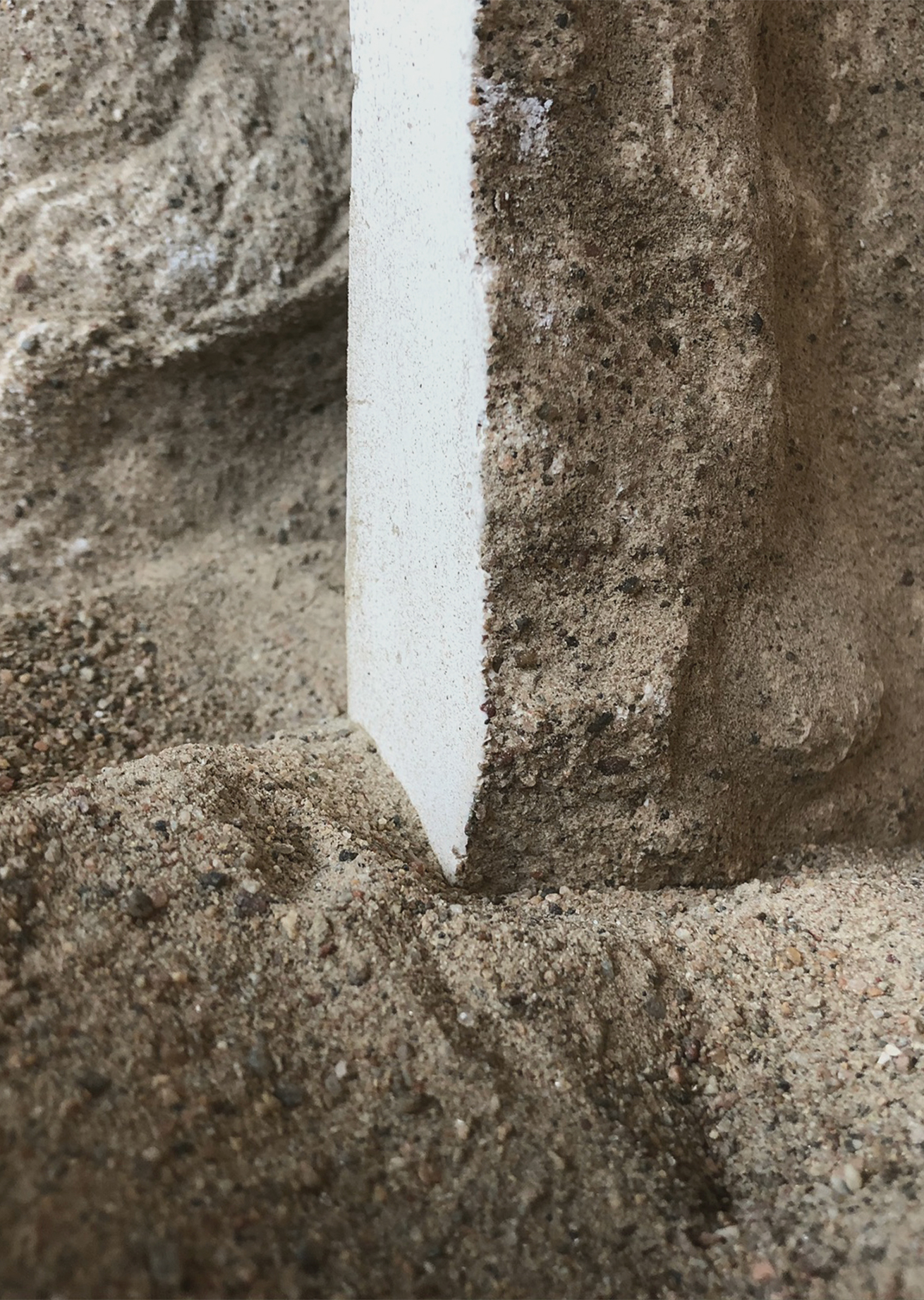
1:1 Material Texture
Aim _ To materialize the experienced material texture of the poetic image.
Theory _ Texture is generally defined as a quality which can be determined by touch. It can be rough, smooth, soft, hard, and so on. However, within cognitive poetics, Stockwell (2005) says that texture goes beyond just touch, it is all that can be phenomenologically felt, cognitively experienced, and aesthetically seen.
Analysis _ Sand being the title of the poem, the reader is from the start given a strong textural experience. One can easily imagine the feeling of running a hand through the soft but coarse, granular material. As the poem continues, new elements are influenced by this first strong mental experience. As Kang introduces the body, the house, the shattering, and the slipping; the material texture is solidified, eroded, and at last loose again.
Materialization _ Analogue models and drawings were made to conduct an exploratory research on the material texture of Sand. The sandbox was built as a framework, where one can experience the sensorial qualities of loose sand. Gypsum was cast against sand to explore the texture “solidified” and “eroded”. Thinking of it as the bodies of the poem, which potentially could be shattered.
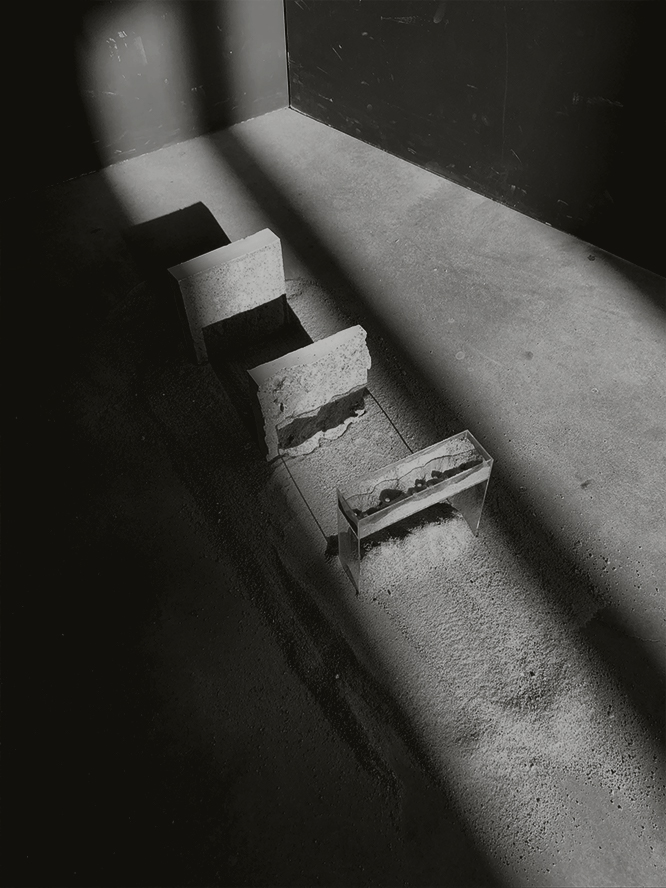
1:2 Image Schema
Aim _ To materialize the textural schematics of the poetic image.
Theory _ Image Schema is a model used in a multitude of disciplines. It builds on pattern making for understanding and reasoning. It is a model on how we make abstractions to form our comprehension of physical and conceptual relationships. This is how we perceive our inhabited space as well as how we build up an imaginary space when reading a poem. An image schema is made up by figural objects (front), ground objects (back) and background space (fond). (Stockwell, 2005)
Analysis _ When reading Sand, a background space is generated from the title – sand. Perhaps you imagine a vast landscape of sand. Continuing the poem the reader learns about a body, then a shattered body/house, which is placed as a ground object in the image schema. The poem ends with sand slipping through fingers, and as is it is told in present tense, as well as the most recent information, it becomes the figural object.
Materialization _ This is a materialization of the order of the mental perception of elements. What is presented here is an exploration on the textural image schema of Sand. It can be described as a diagrammatic model, showing sand as background space, the solid sand piece and the eroded (shattered) piece as ground objects, and the slipping sand as the figural object.
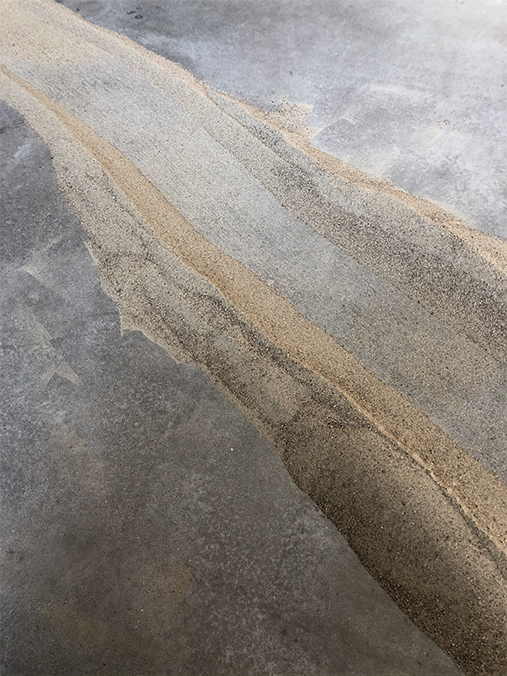
1:3 Symbolism
Aim _ To materialize the symbolic representations of the elements.
Theory _ The Symbolism movement in the late 19th century, was a reaction against naturalism and realism, in favour of spirituality, imagination, and dreams. Brodskaya (2010) writes that symbolic representation is visualizing by association or convention, which is abstract, like an emotion.
Analysis _ Sand is often used as a symbol for the passing of time and the eventual destruction. It exists because of thousands of years of weathering and erosion. There is also a connotation of elusiveness. A body of sand can change shape so quickly ; wind can change the entire landscape of a desert, and water can wash away all traces on a beach. Finally, there is an abrasive intrusiveness of sand, causing discomfort and friction against the skin.
Materialization _ Starting off, I made a lot of pictorial drawings, illustrating the poem quite figuratively. Then as a second iteration, I used sand itself to interpret the elements. This was done under a short period of time, using intuition, striving to approach the representations through the angle of the Symbolism movement.
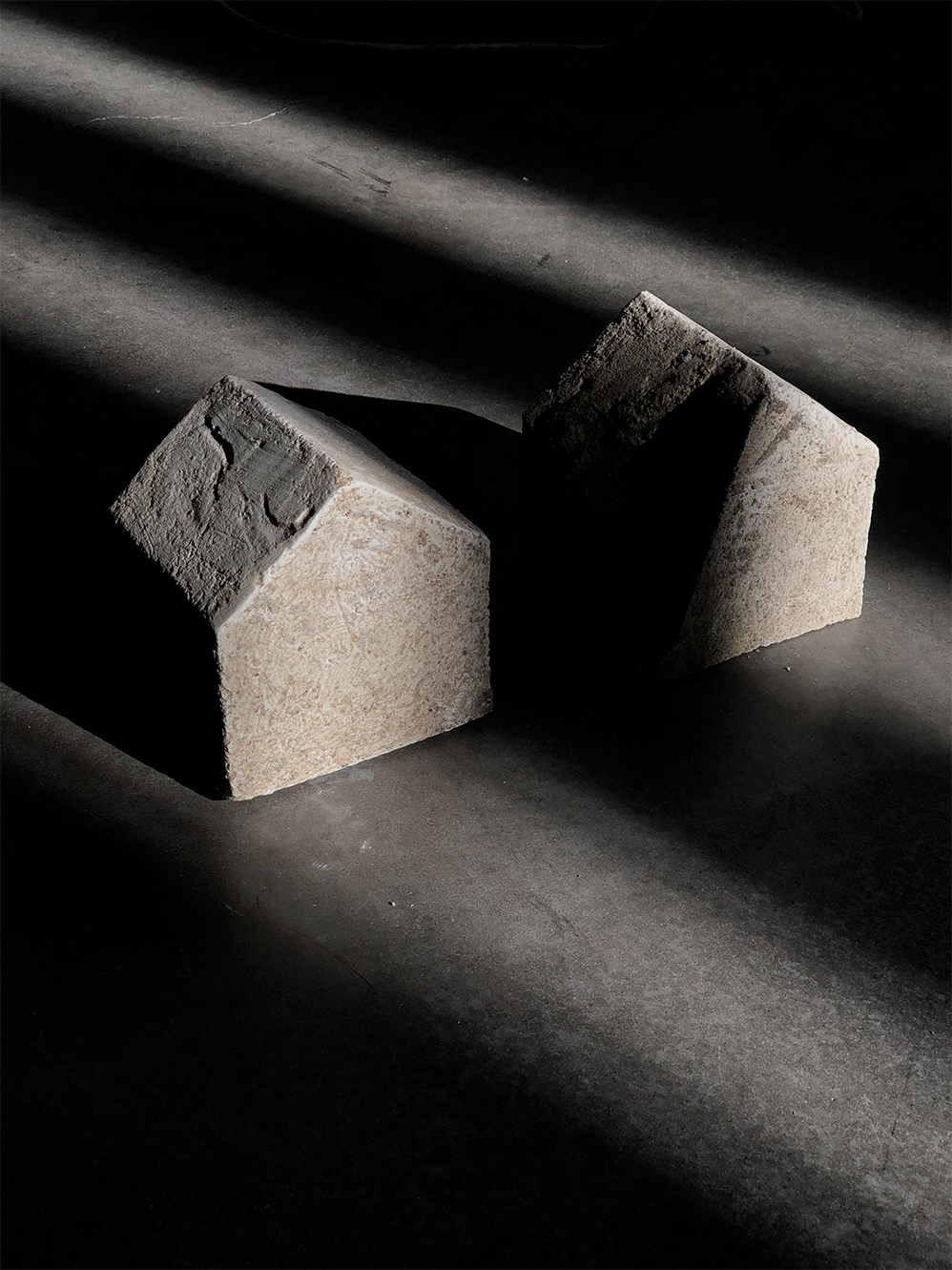
1:4 World Switch Element
Aim _ to materialize the disjunctive element of the poetic image.
Theory _ World Switch Elements are a part of Text World Theory, a model of language processing based on mental representation found in Cognitive Psychology (Stockwell, 2005). A Text World is built up by, and changes along with, introduced world-builders, function-advancers, and world-switches (spatial alternations, metaphors, speculation, imagined alternatives). World-switches are used to create a disjunction between the world-builders and the discourse world. (Gavins, 2007)
Analysis _ The poem Sand starts off with a woman who “frequently forgot” that her body (all of our bodies) is a house of sand. The world switch element is therefore a “house of sand”. It is what disjunct us from the “discourse world” – the woman. The author´s use of world-switch takes the reader into an alternate (internal) world, where a body is a house of sand is the new given truth.
Materialization _ The process of materializing the World Switch Element started with mapping out all elements of the poem according to Text World Theory and defining the house of sand as the world switch element. The house, as I imagine it, is a home, which is why I chose the typical gable-roofed style. I made two plaster models. One represents the house as un-shattered, the state which the person in the poem first believes it to be. The second house is shattered, a large part is missing.
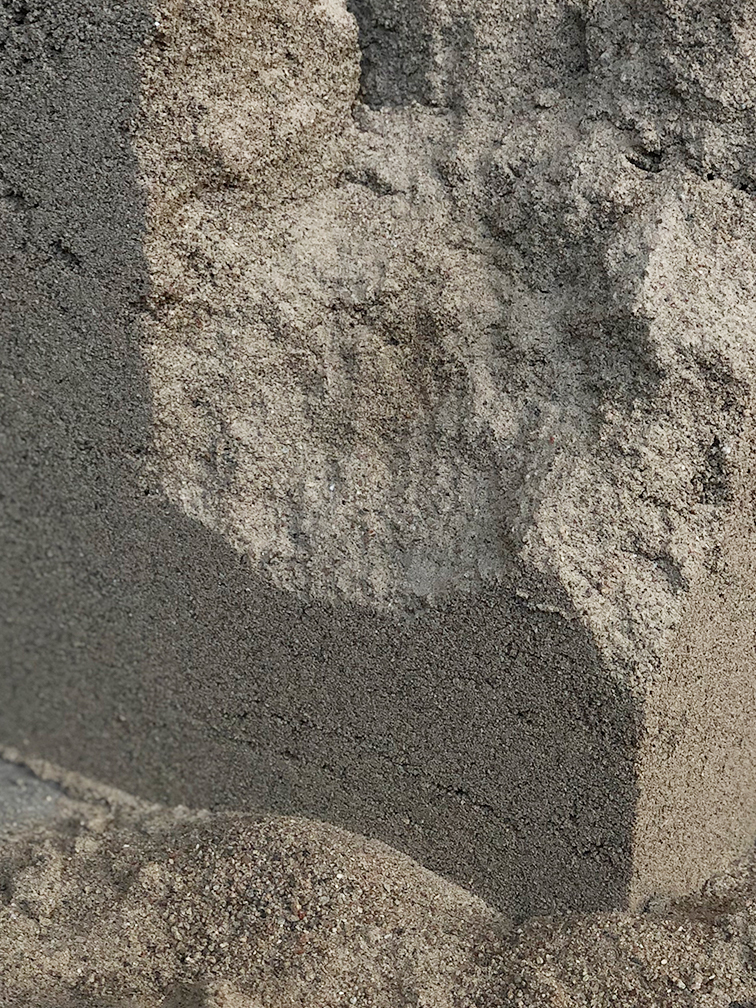
1:5 Attractor
Aim _ To materialize the element of attraction and literary focus.
Theory _ Stockwell (2005) describes an attractor in cognitive poetics as an element which brings attention, it can be something newly introduced, or it can be something pre-existing which is given new focus and energy. There are several features which can create an attractor: newness, agency, activeness, definitiveness, fullness, largeness, and nosiness are some examples.
Analysis _ In the poem Sand, “shattering” (of the house of sand) is the main attractor. The shattering has features of newness (present tense, happening now), activeness (dramatic movement), fullness (richness of the house of sand image), largeness (a house), and noisiness (shattering is voluminous).
Materialization _ The first materialization I made was of sand and plaster that I destroyed with a hammer. I found this to be an unsuccessful representation because of it being overly dramatic and too manipulated, not mirroring the poem. The second iteration is what can be seen here. I took wet sand and formed it to a simple cube, then I let it shatter as it dried. This installation is more in tune with the poem, showing the shattering and erosion in an organic manner.
See architectural potential >> 2:5 The Shattering Structure
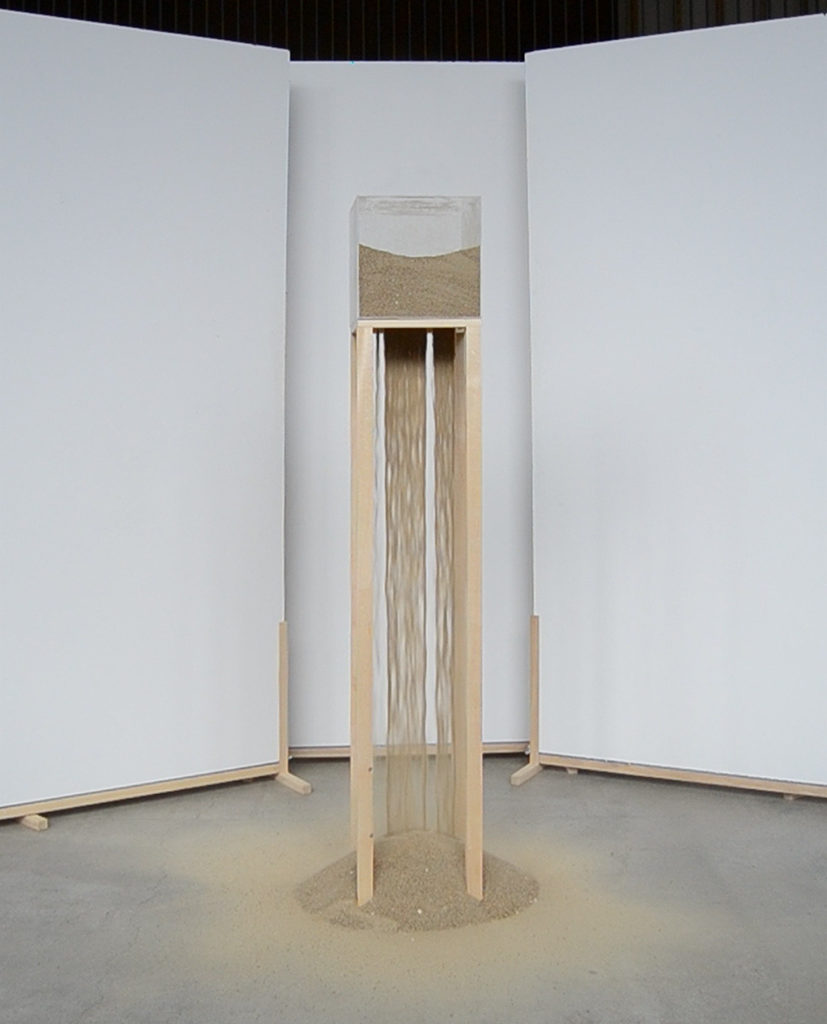
1:6 Resonance
Aim _ To materialize the poetic reverberation, meaning – what echoes after reading a poem.
Theory _ Resonance in sound is the prolonged response of vibration. Literary resonance is similar, it describes the prolonged response of an aura of significance. Stockwell (2005) describes it as a “psychic reverberation between two times, places, states, or spheres” one common and the other extraordinary.” (p.18). Spelke (1990) says that the reader’s attention is like a spotlight, what remains in our field of view after reading a poem can be defined as the poetic resonance.
Analysis _ Poetic resonance is subjective. What I experience as the reverberating elements of the poem Sand can be perceived differently by others. But, for me, the poetic resonance of Sand is the body, whole and defined, slowly slipping away through fingers.
Materialization _ The materialization I made is an installation of the body (glass box of sand) and it slipping away (the falling of sand). As the sand is falling to the floor, the body decrease in size and changes in shape. The sand which hits the floor spreads out, and the dust fills the air. The sound of the slipping sand enhances the experience and helps to create a meditative state for the observer. This process of decrease and falling is irreversible. A feeling of loss becomes prominent.
See architectural potential >> 2:6 The Suspension Pavilion

1:7 Vocalization
Aim _ to materialize the vocalized poem.
Theory _ Poetry possesses a certain dynamics which can be experienced to a higher degree when vocalized. This can be analysed through an audio spectrogram or “voiceprint”. A voiceprint is a graph of the spectrum of frequencies over time. It shows the intonation, rhythm, composition, melody, and intensity in a way printed text cannot.
Analysis _ Sand is a poem about life and loss, when reading it out loud it is natural to read carefully, making longer pauses. There is also a certain degree of vivid intensity that appears when reading the more dramatic parts of “shattering” and “slipping through fingers”.
Materialization _ By recording my friend Mikaela as she read the poem Sand I could place the text along the curve of the voiceprint. When reading this, one can experience the way Mikaela vocalized it. This was used to make a model of spatial properties. By giving the voiceprint three-dimensionality and an outwards offset, the model contains not only the relational dynamics but also movement and vibrato. This was iterated into a collection of gypsum pieces, where each flow between pauses is one piece. By changing the composition, one can play with the experience of the poem. Through arranging the pieces differently, the dramatics of the poem is played with.
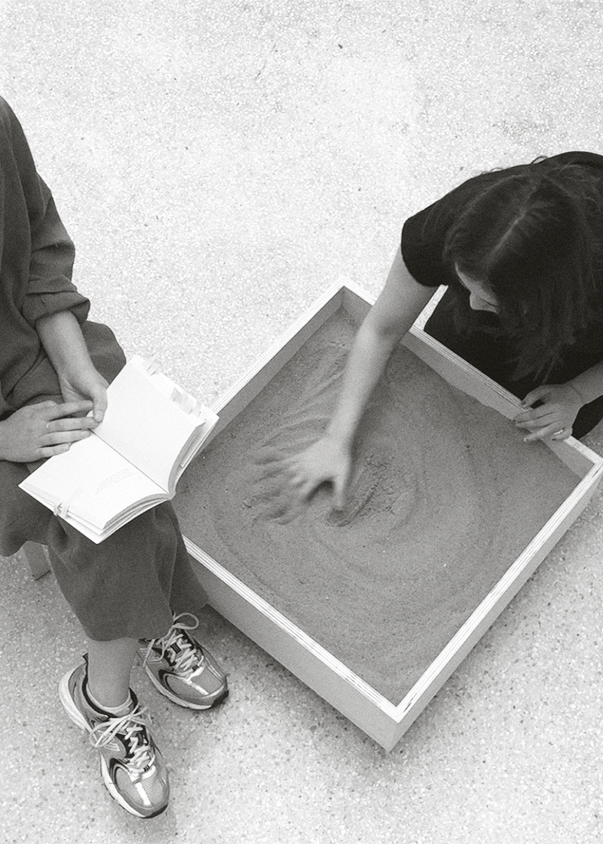
1:8 Dynamics
Aim _ To materialize the dynamics or “movement” of the poem.
Theory _ Stockwell (2005) says that a vocalized poem possesses dynamic relationships in a three dimensional imagined space. When the poem is performed with empathic expression the dynamics and movement can be strongly experienced mentally and physically. This does not necessarily require you to understand the meaning of the words, the sound itself is enough to create an atmosphere and emotion. Just like when listening to music.
Analysis _ The dynamics of the poem Sand will be experienced differently depending on who reads it. My intuition is to read slowly, carefully, with a degree of intensity for the more dramatic parts of the poem. This slowness, carefulness, and intensity can be experienced physically, creating a bodily reaction.
Materialization _ To materialize the dynamics of the poem Sand, I have used my own body to interpret it. In the format of a performance, I have tried to represent the emotion, force, and flow through the material sand, as my friend Mikaela recites the poem. Each motion creating a trace erasing the one before.
See architectural potential >> 2:8 The Paving Installation
part I – gallery
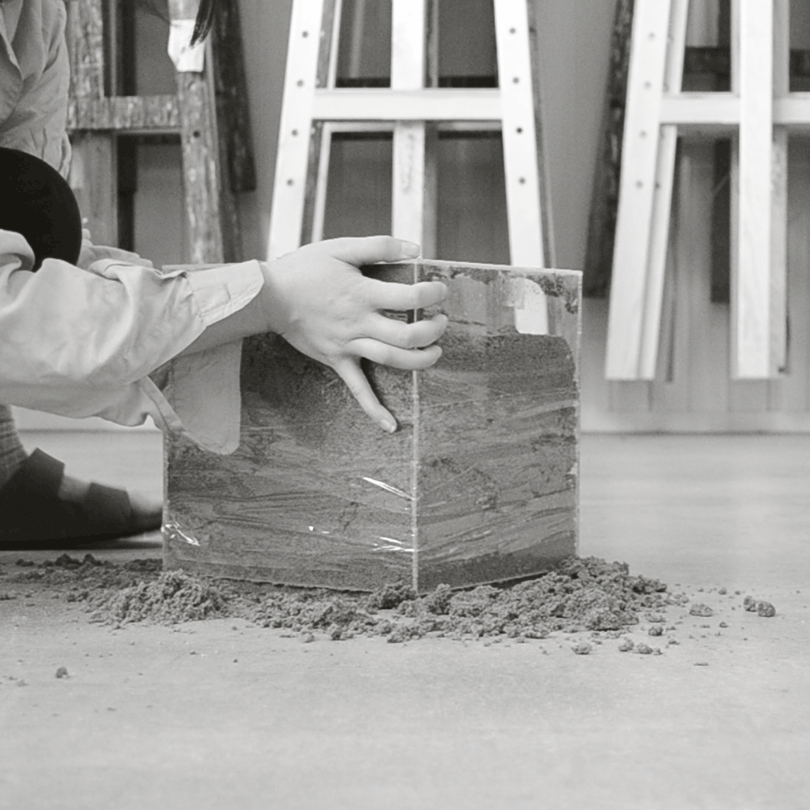

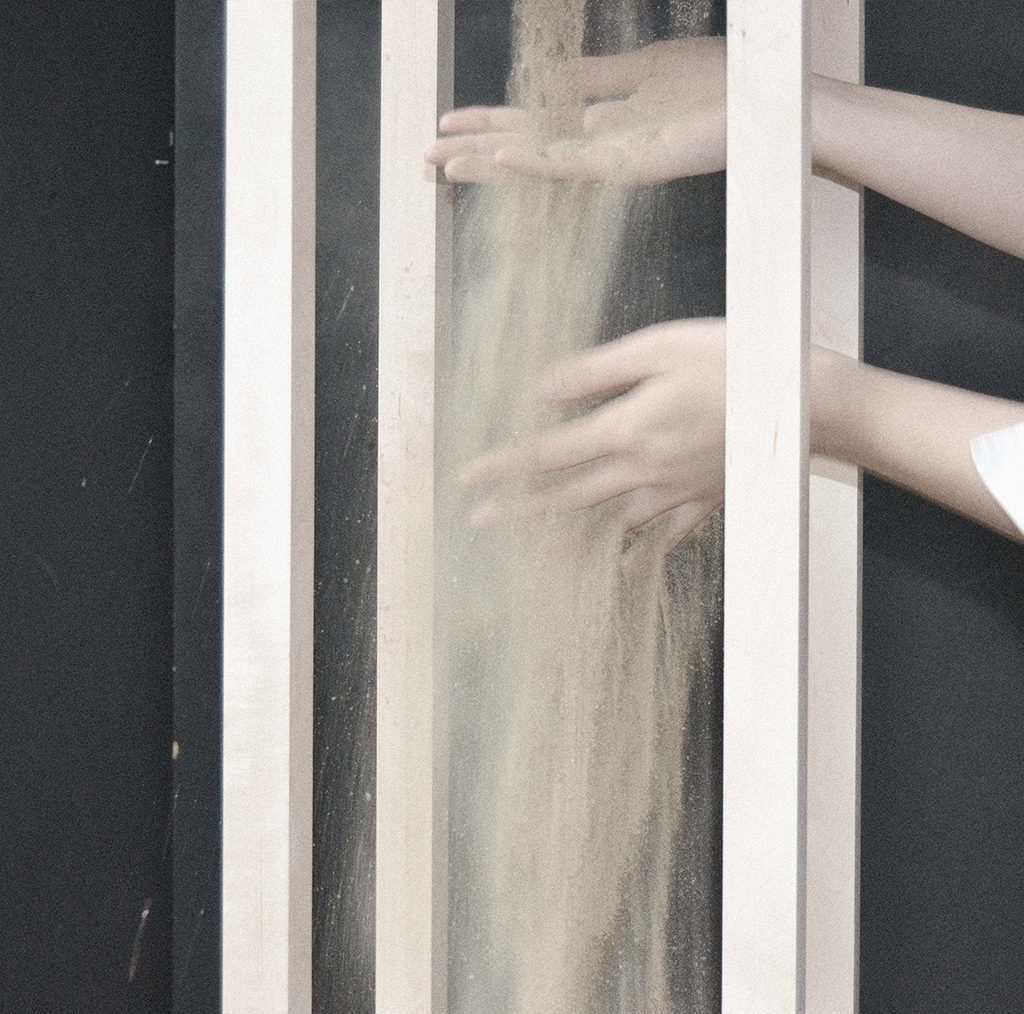
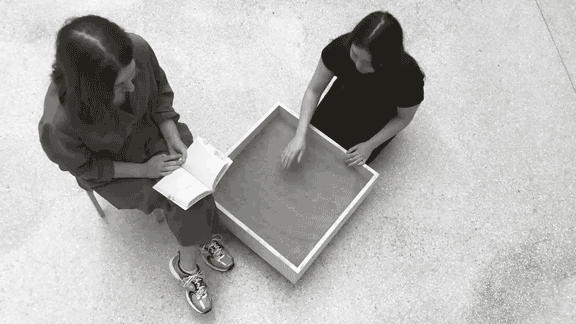
Part II – Architectural Potential
In the second part I explore the architectural potential of the materializations made in part one. This is done through an iterative process, contextualizing the materiality and narrative of the poetic image into an urban landscape. The proposals are meant to direct our attention, to function as gateways, encouraging people to connect and express emotions of loss.

2:5 The Shattering Structure
The Shattering Structure is an exploration of the architectural potential of the Attractor Materialization Method (1:5).
The Shattering Structure is an example of the Attractor Method elongated into architecture. The Structure is placed in a hypothetical gap between buildings on a street in an urban environment. The Structure is placed in an imaginary urban context, in a gap between buildings on a public street. When passing the structure it is unassuming, there is only a small passage on the sides that hints of something else. Walking behind it, there is a cavity. The cavity creates seclusion, it is a space for being alone, a space for meditation.
When installed, it is a perfectly shaped cube consisting of gypsum and sand. However, as time passes, weather and human interaction will slowly make it erode and shatter.
The ability to scrape the surface and change the structure yourself makes the decay visible in real-time. After a couple of weeks, there might be nothing left but a pile of dust.
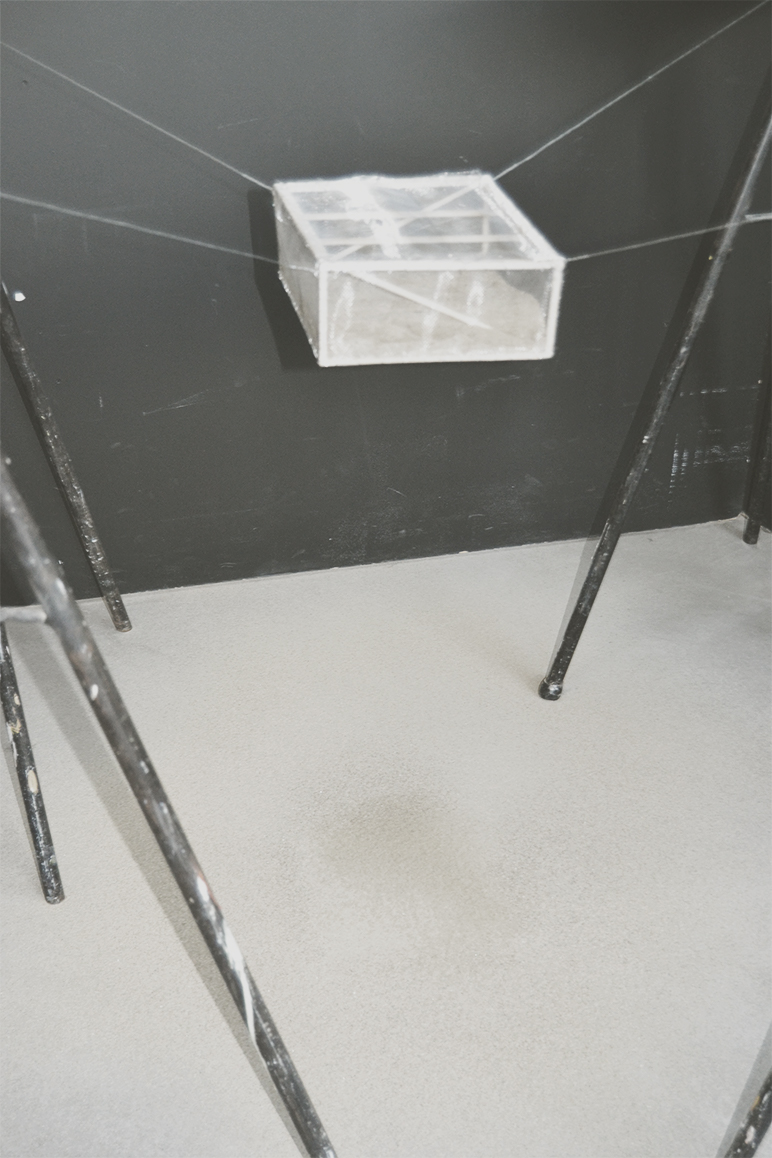
2:6 The Suspension Pavilion
The Suspension Pavilion is an exploration of the architectural potential of the Resonance Method (1:6).
The architectural potential I found in the materialization of the poetic resonance of Sand, was in the suspension of time. Before the sand falls, there is already an understanding of what is about to happen. There is a tension, a waiting game.
In this proposal I iterated the glass box of sand and its’ sand fall into a suspended framework covered in a fine metal mesh. I imagine this to be hanged between building façades in a public setting. The frame is filled with wet sand, where the water holds the sand together and prevents it from slipping through the mesh. However, as it dries, it will start to shift and fall towards the ground.
This is a one-way process, exhibiting the inevitability of time. The ability to come close to the phenomena and feel the falling sand as it slips through your fingers enhances the experience and creates a physical connection to loss.
The prototype model took about 48h to completely dry and empty out, which means that the full scale installation, which is about 20 times larger, would take much longer, perhaps a couple of weeks, depending on the weather.
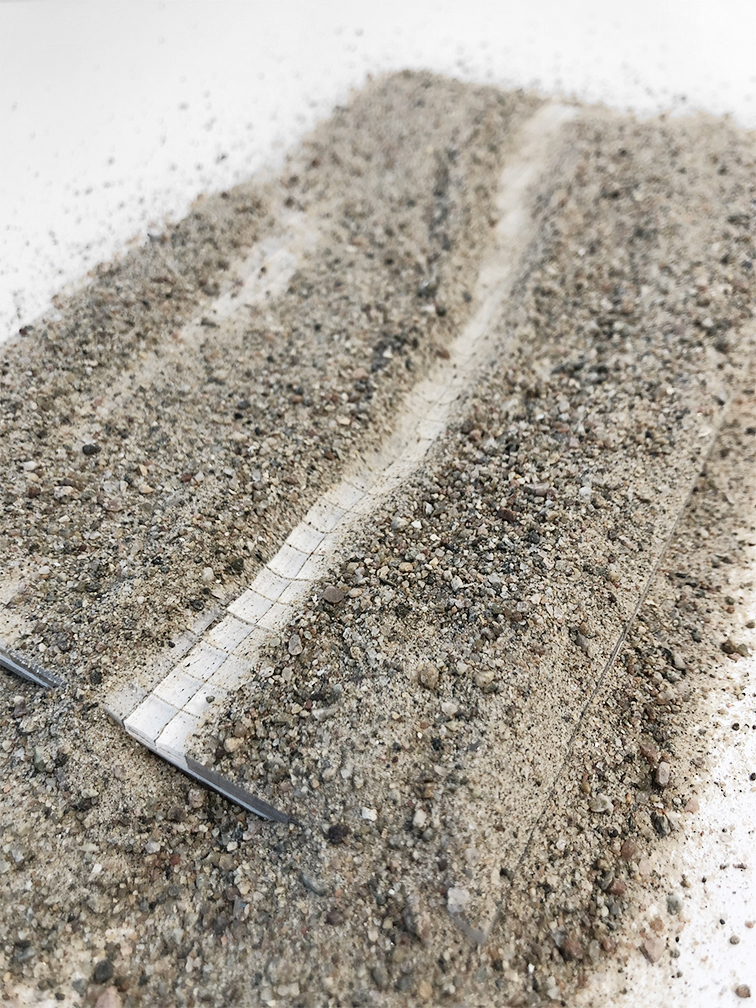
2:8 The Paving Installation
The Paving Installation is an exploration of the architectural potential of the Dynamics Materialization Method (1:8).
The Paving Installation is about dynamics, movement, flows, and traces replacing traces. It is placed on an hypothetical street, stretching from facade to facade, forcing people to walk over it. The structure consists of 40 cm deep sand on top of thick glass blocks, which relatively easily, will be abraded and polished by the sand when people put pressure and movement on it.
People might stop there to make a conscious trace in the sand. Or if they are in a rush, they might just walk straight over it. Traces quickly being replaced with the next. This ties back to the elusiveness and inability to control life described in the poem. The grinding of the glass cubes manifests memory. It shows an aspect of beauty in loss. Even though you have lost someone or something, the memory will live on. Sadness is in contrast to the memory of happiness.
People’s movement will create a collective memory imprinted in the glass blocks. This can be given a new life as a sculpture. Showing how flows might be momentary, but the beauty of memory can live on.
part II – gallery

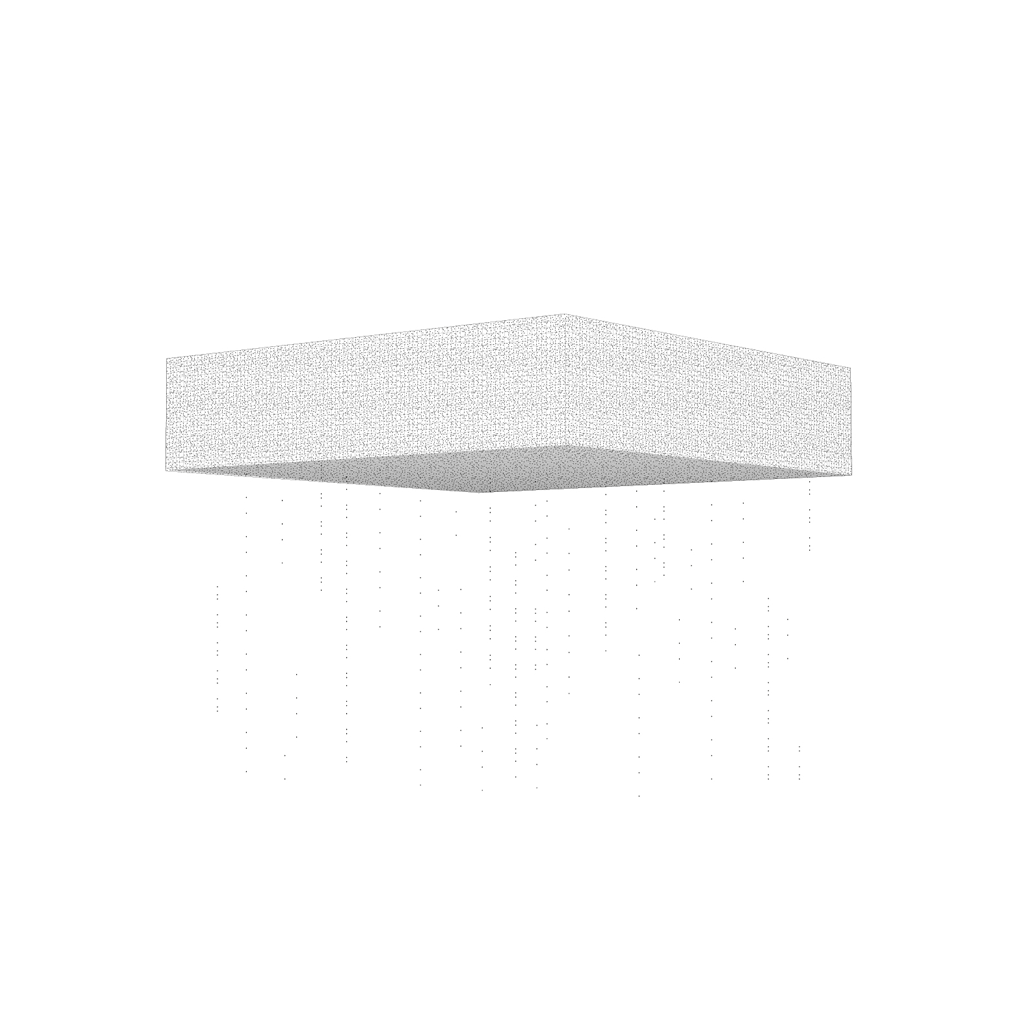
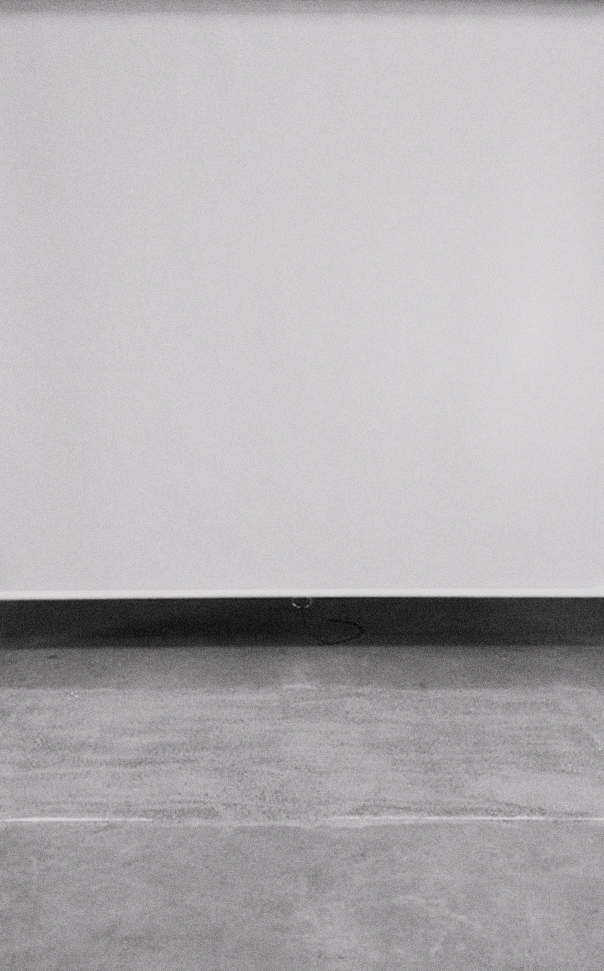
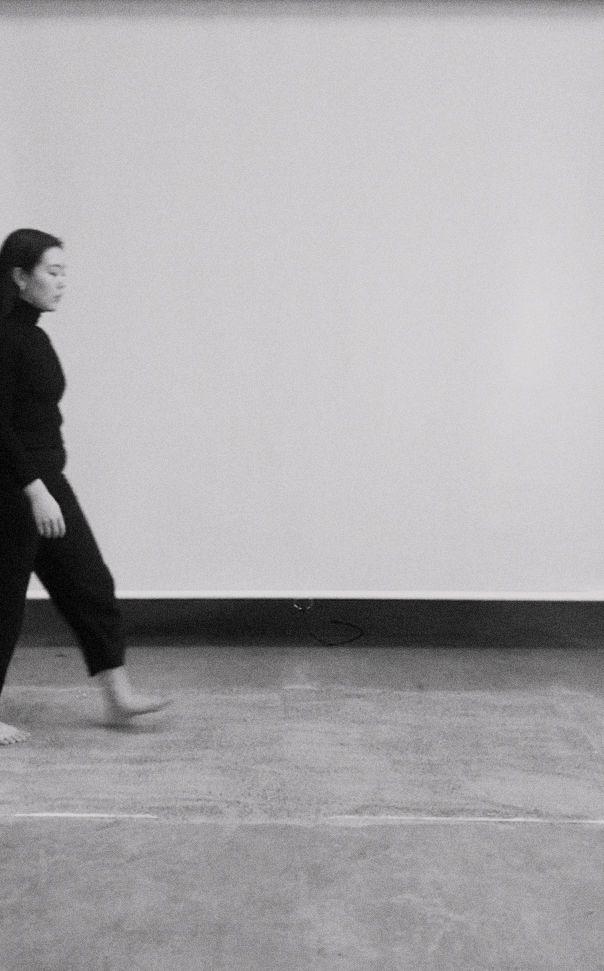
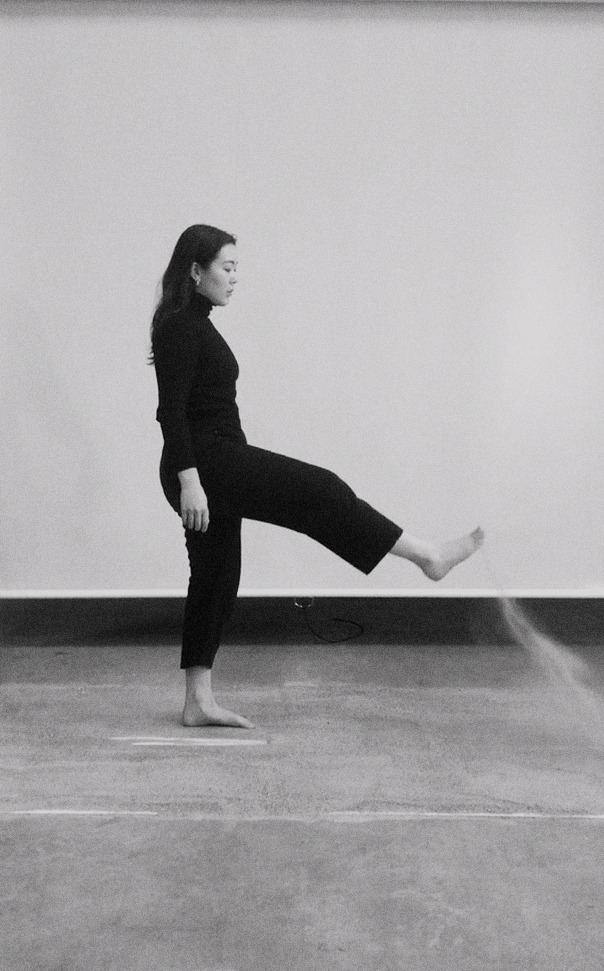
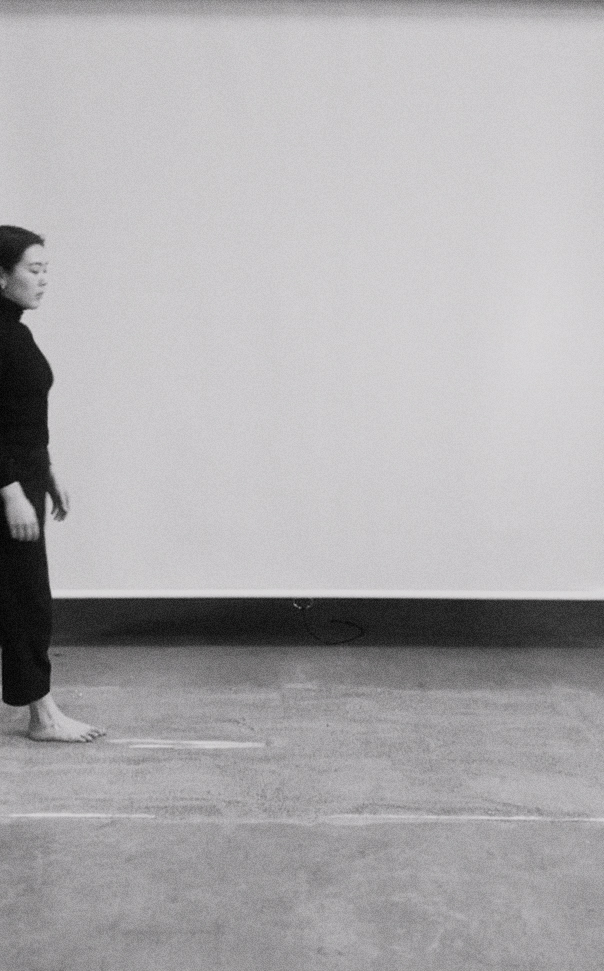
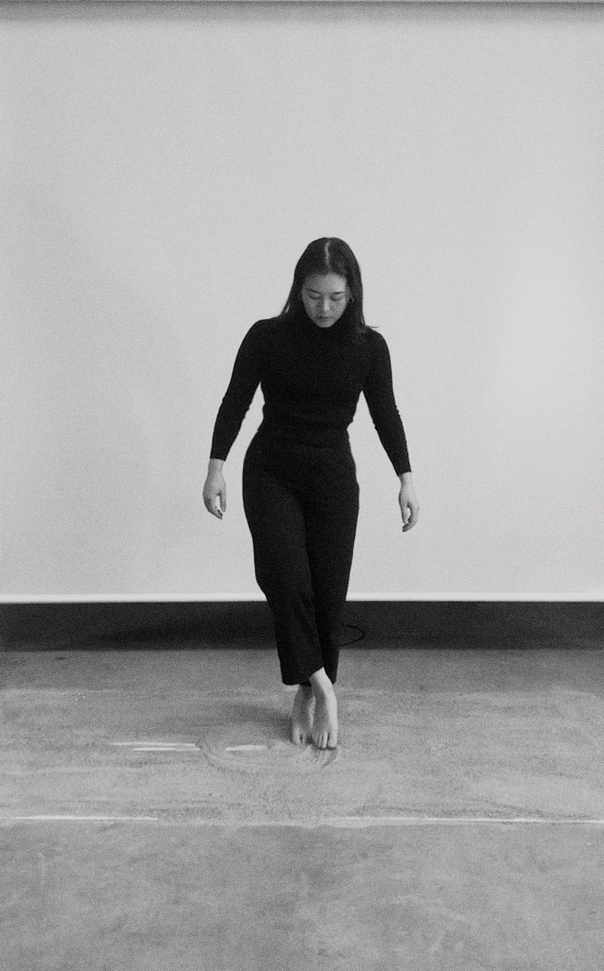
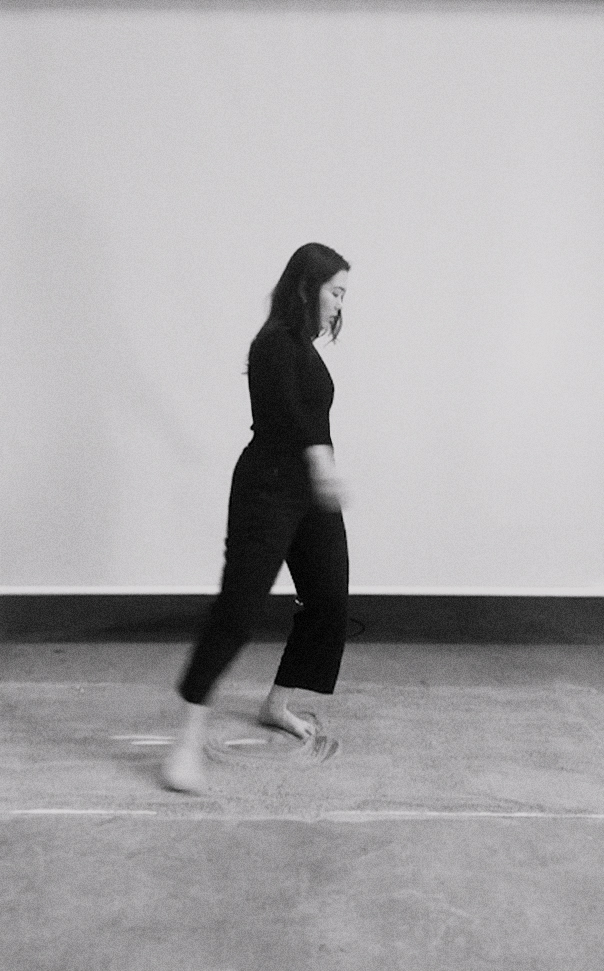
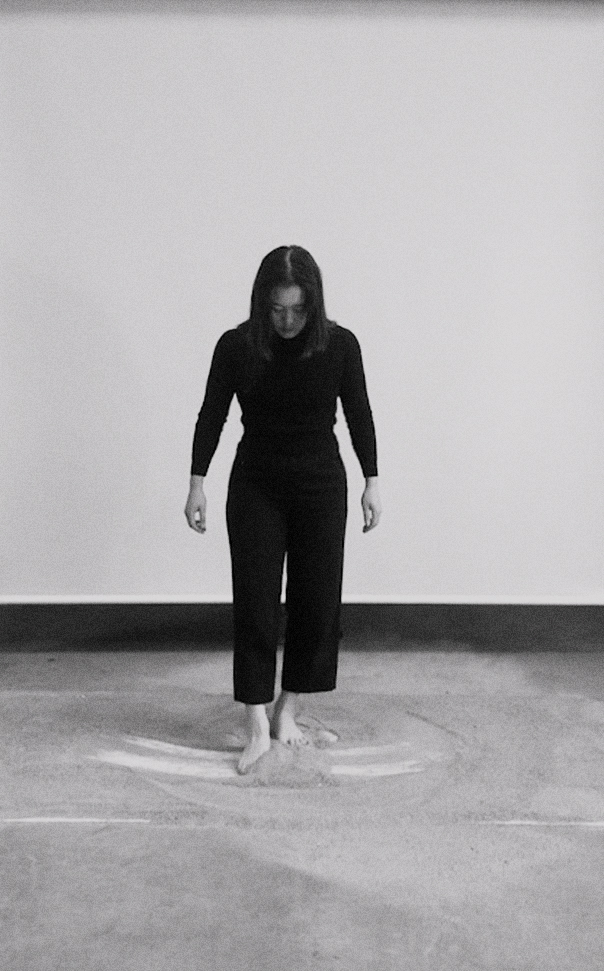
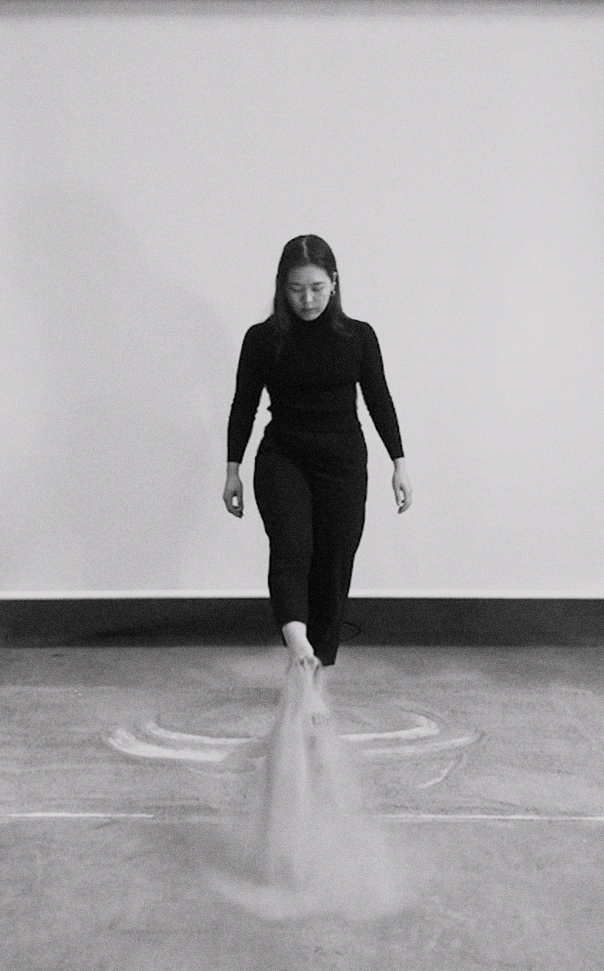
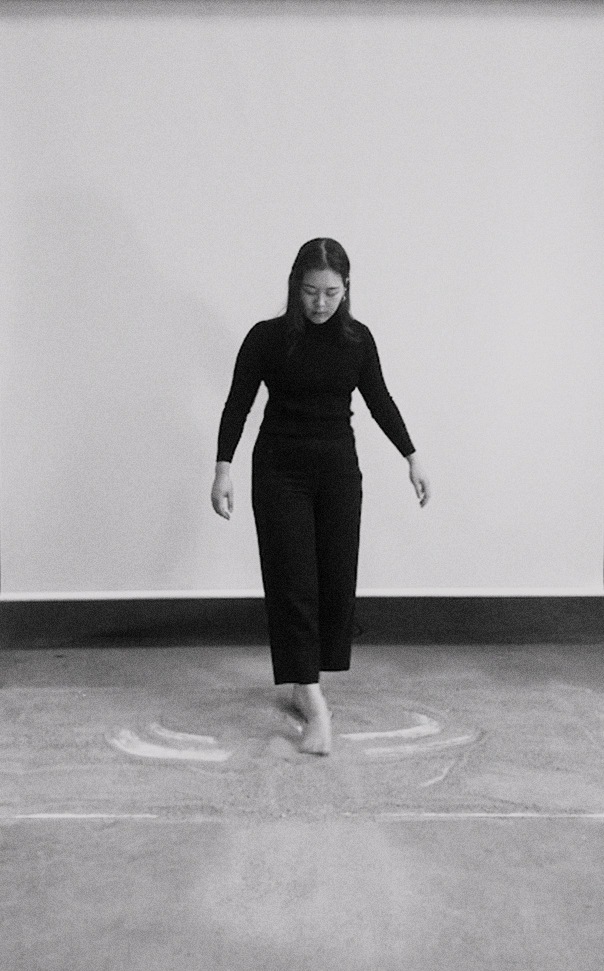
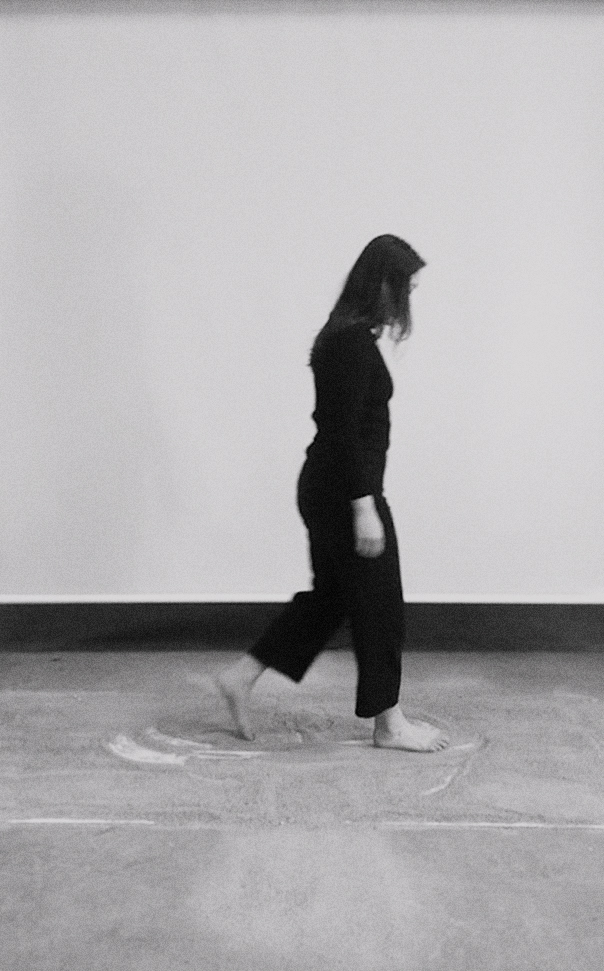
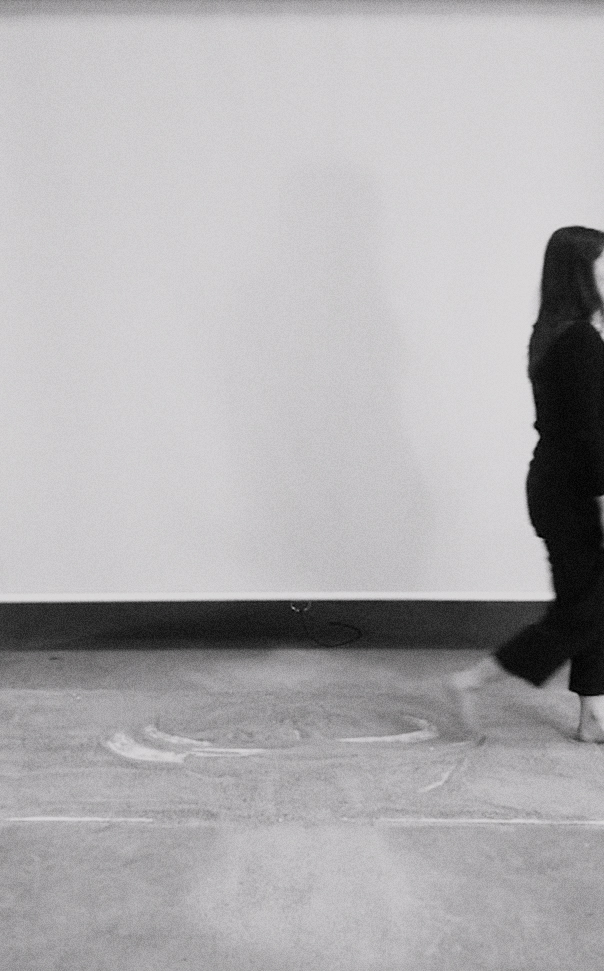
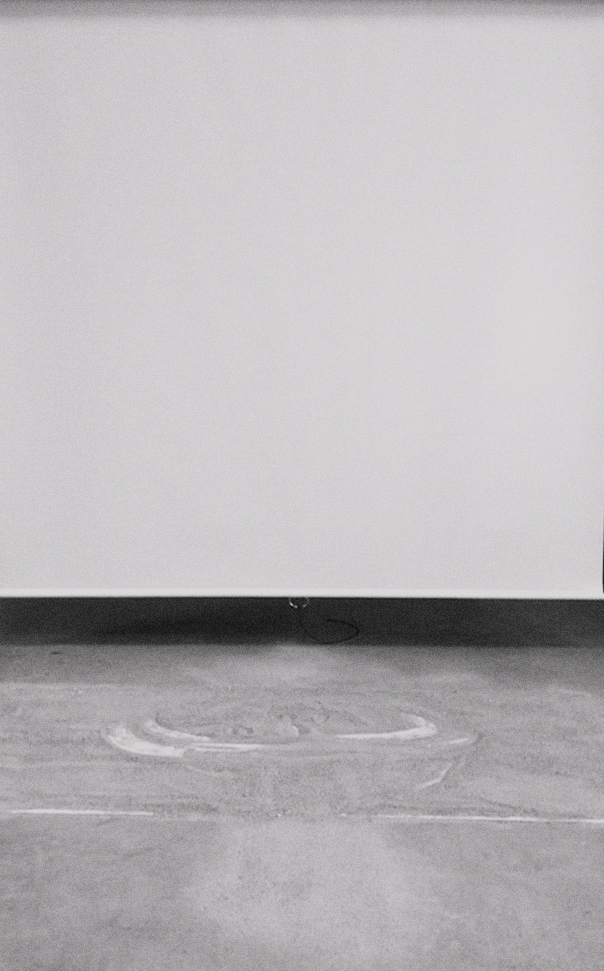
contact : natalie.a.blom<@>gmail.com